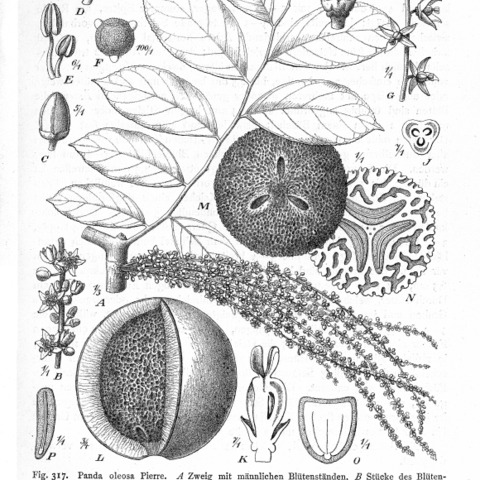Trees or shrubs, dioecious. Axillary buds prominent. Stipules small. Leaves alternate, distichous, petiolate, simple, penninerved, margin serrulate or entire. Flowers unisexual, solitary or fascicled, or in axillary cymes, or terminal or cauliflorous racemelike thyrses. Sepals 5, imbricate, or open. Petals 5, imbricate or valvate. Disk small or absent, rarely larger. Stamens 5-15, 1-or 2-seriate, sometimes unequal, outer stamens alternating with petals, inner ones sometimes absent or reduced to staminodes; filaments free; anthers introrse, thecae longitudinally dehiscent, connective elevated. Ovary superior, 2-5-loculed; ovules 1 or 2 per locule, apical, pendent, orthotropal or anatropal, without obturator; styles 2-5(-10)-lobed. Fruit a drupe, sometimes flattened, more rarely a capsule; endocarp slightly bony or pitted or ridged, sometimes dehiscent by valves. Seeds usually flattened concave, more rarely ovoid, caruncle absent; endosperm present; cotyledons broad and flattened. 2n = 30.
Ovary subsessile, 3–4-celled; stigmas 3–4, reflexed; ovule solitary, pendulous
Stamens 10, alternately long and short; anthers 2-celled, opening lengthwise
Male flowers racemose, the racemes fasciculate from the old wood
Leaves alternate, simple, serrulate; stipules present
Seeds with copious oily endosperm; cotyledons cordate
Petals 5 [imbricate?]; staminodes absent
Female flowers arranged like the male
Calyx cupular, truncate or toothed
Rudimentary ovary linear-subulate
Calyx cupular, open in bud
Flowers dioecious
Petals 5, valvate
Fruit drupaceous
Trees

